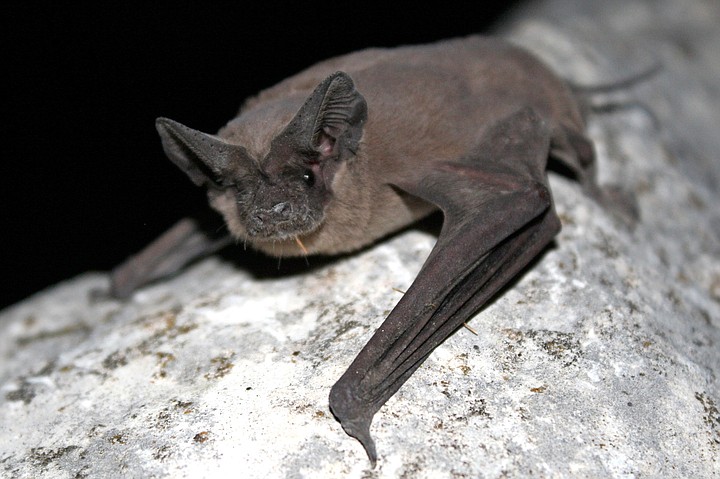 Facebook
Facebook
 X
X
 Instagram
Instagram
 TikTok
TikTok
 Youtube
Youtube

The White-Crowned Sparrow Is A Common Winter Visitor throughout San Diego and even deep into southern Mexico. Its range is due to its unihemispheric slow-wave sleep, in which one half of the brain rests while the other half remains alert; the eye that corresponds to the resting side of the brain closes while the eye on the other side remains open. This allows the bird to stay half-awake for up to two weeks during migration. This avian visitor is easily recognizable by its black-and-white striped head, colorful pink or yellow bill, and gray breast. They typically forage in small flocks, digging through leaf litter for weed seeds, buds, and fruits, as well as scrap seeds underneath backyard bird feeders. Look for them in open areas close to brushy habitat or perched on low branches within shrubby hedgerows, and listen for their whistled songs ringing out during winter’s shorter days and colder mornings.

Liquidambar Trees, Or Sweet Gums – deciduous trees gracing front yards, parks, and campuses throughout the San Diego area — have been putting on an exceptionally colorful show of late. The leaves of some varieties turn to purple or red; the leaves of other varieties fade to golden yellow. Still other varieties hold on to their green leaves until sometime in December. Most liquidambars in our area regain their light green foliage by late February.

Bat Populations Increase In Coastal Areas Of San Diego County during the fall and winter due to migration. Not only do bats that migrate to and through the county coastal areas on north-south migration routes, they also migrate locally: bats from inland areas move closer to the coast for winter. You can usually see bats in locations where open water occurs near riparian trees and close to exposed rocky habitat, places such as Mission Trails Regional Park near the old Mission dam, or Los Peñasquitos Canyon Preserve near the waterfall. And if they seem to be swooping down towards you, rest assured, they aren’t after you, but rather the mosquitos, gnats and other insects typically hovering around you. The most common bats in San Diego County include the Mexican free-tailed bat, big brown bat, and the California leaf-nosed bat.


The White-Crowned Sparrow Is A Common Winter Visitor throughout San Diego and even deep into southern Mexico. Its range is due to its unihemispheric slow-wave sleep, in which one half of the brain rests while the other half remains alert; the eye that corresponds to the resting side of the brain closes while the eye on the other side remains open. This allows the bird to stay half-awake for up to two weeks during migration. This avian visitor is easily recognizable by its black-and-white striped head, colorful pink or yellow bill, and gray breast. They typically forage in small flocks, digging through leaf litter for weed seeds, buds, and fruits, as well as scrap seeds underneath backyard bird feeders. Look for them in open areas close to brushy habitat or perched on low branches within shrubby hedgerows, and listen for their whistled songs ringing out during winter’s shorter days and colder mornings.

Liquidambar Trees, Or Sweet Gums – deciduous trees gracing front yards, parks, and campuses throughout the San Diego area — have been putting on an exceptionally colorful show of late. The leaves of some varieties turn to purple or red; the leaves of other varieties fade to golden yellow. Still other varieties hold on to their green leaves until sometime in December. Most liquidambars in our area regain their light green foliage by late February.

Bat Populations Increase In Coastal Areas Of San Diego County during the fall and winter due to migration. Not only do bats that migrate to and through the county coastal areas on north-south migration routes, they also migrate locally: bats from inland areas move closer to the coast for winter. You can usually see bats in locations where open water occurs near riparian trees and close to exposed rocky habitat, places such as Mission Trails Regional Park near the old Mission dam, or Los Peñasquitos Canyon Preserve near the waterfall. And if they seem to be swooping down towards you, rest assured, they aren’t after you, but rather the mosquitos, gnats and other insects typically hovering around you. The most common bats in San Diego County include the Mexican free-tailed bat, big brown bat, and the California leaf-nosed bat.
Comments